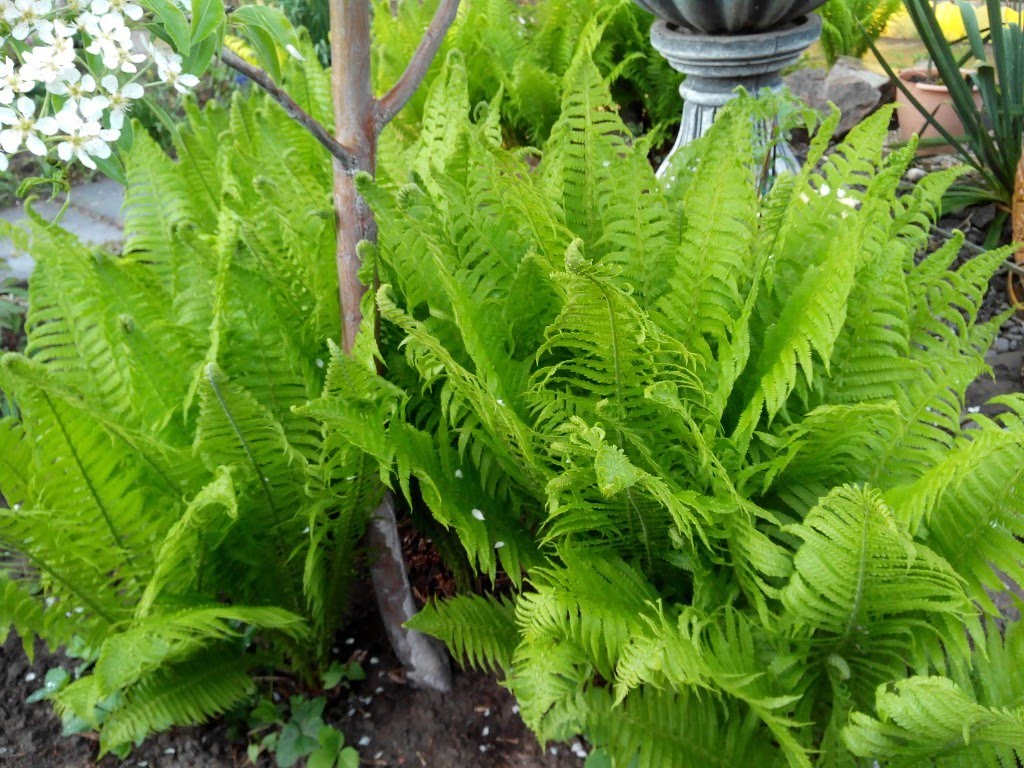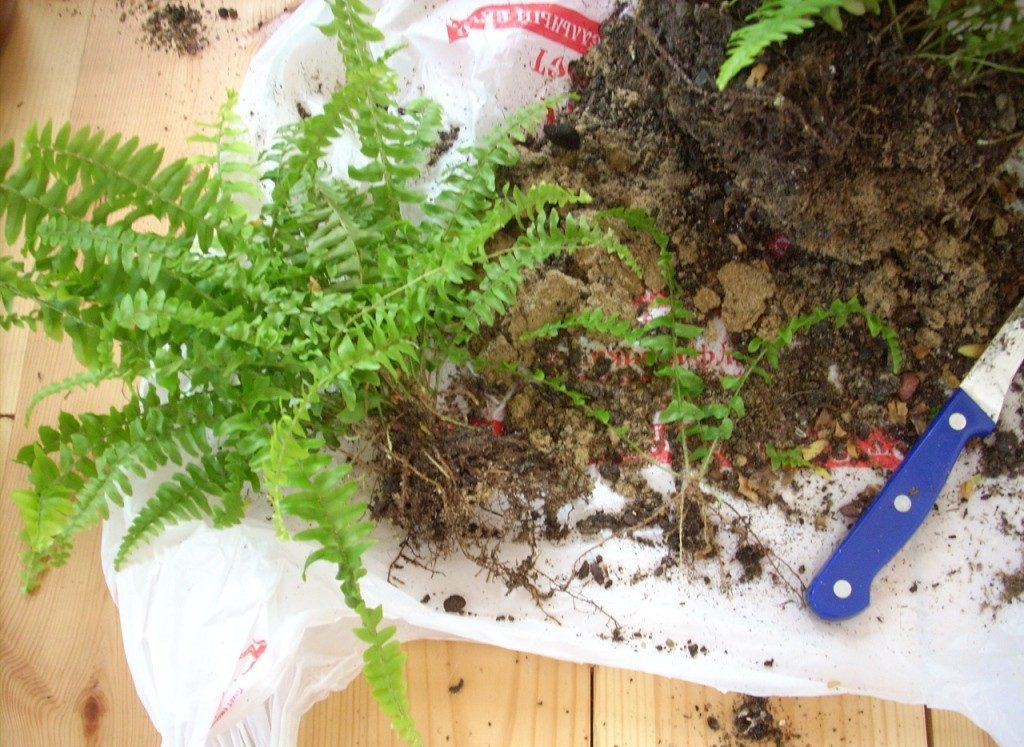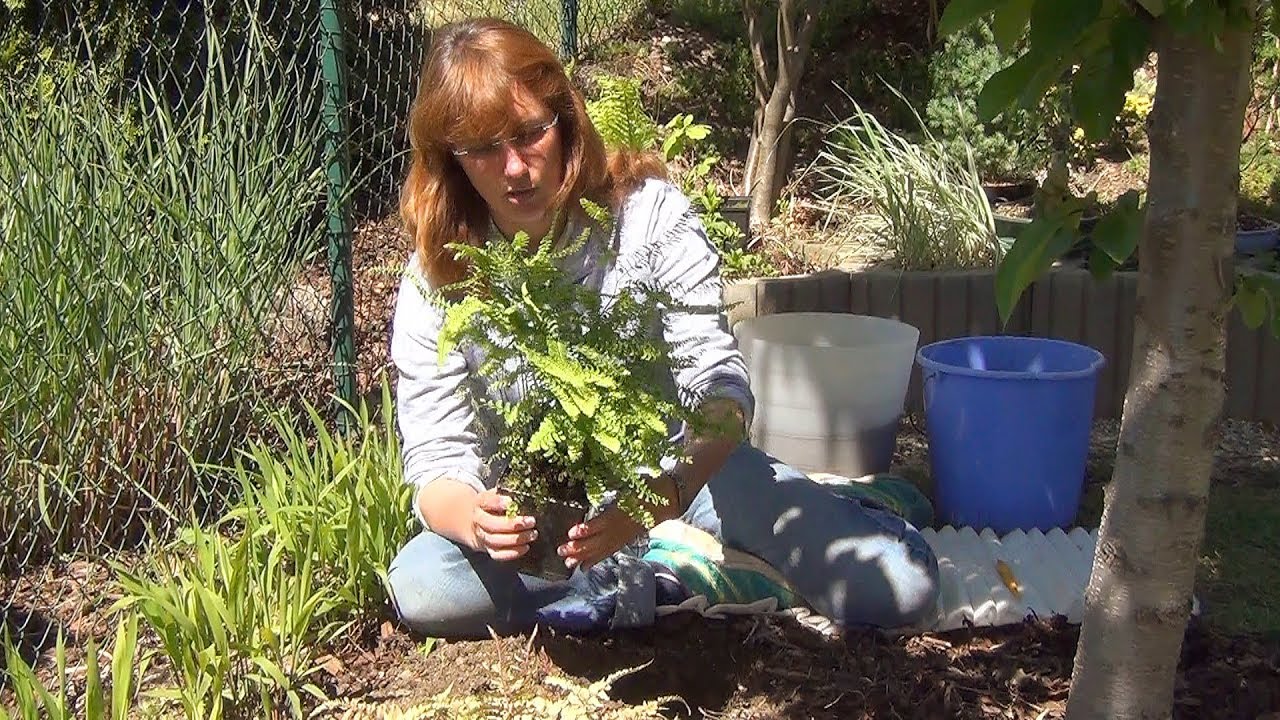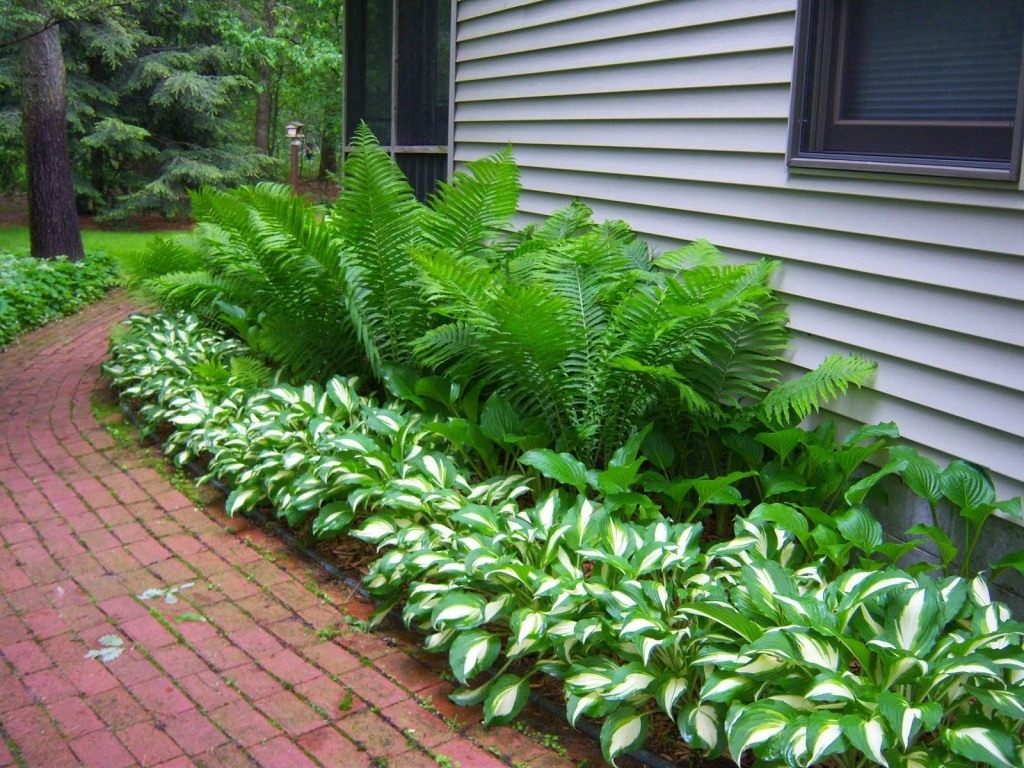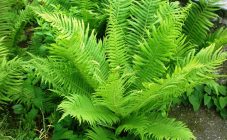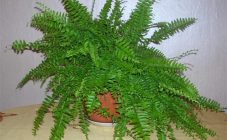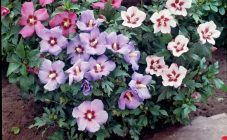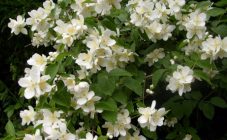The so-called fern variety of ornamental plants belongs to rather ancient crops that are well preserved in nature and are still grown for the benefit of people. A feature of this species is the absence of flowering, which does not interfere with using it with a practical sight. Thus, the garden fern, in particular, is widely used to fill the free zones of garden plots, which allows not only complementing the existing landscape, but also using it for purely decorative purposes.
At the same time, every gardener tries to use this landscape variety with maximum benefit. So, with its help, it will be possible to fill the area located under the wide crowns of trees or any other free space.
When organizing the planting of this culture, it should always be remembered that for each option for using a fern plant, a certain type of it should be used.
Description
Despite the large number of varieties of this culture, most of them have similar characteristics, namely:
- These plants belong to the herbaceous class of perennial shrubs.
- Their appearance, on the one hand, resembles a low grass, and on the other, a small tree.
- The rhizomes of this species are medium in size.
- A very dense and completely leafless stem grows from it.
The vegetation of these plants is possible both in unprotected soil and in special volumetric flowerpots (indoor fern variety).
Reproduction
Along with questions about how and when to transplant a fern, you should also understand the problem of its reproduction, which can be solved in several ways. Ornamental garden fern planting and caring for which are discussed in this section can be bred by separating root cuttings, as well as by budding and spores.
The first method is the simplest; it consists in digging out a specimen growing in the forest with the subsequent separation of the root processes. The second option is applicable only in the case of transplanting fern varieties, in which small buds grow on the leaves. During reproduction, they separate from the leafy part, and then germinate on wet moss.
In the case of spores, the latter are scraped off the fern leaf, after which they are well dried and scattered over the surface of the earthen substrate. Subject to daily spraying, they germinate a month later and give shoots, which can be planted in the ground next season.
Landing
To obtain attractive and lush bushes during the growing season of the fern, the following requirements must be met:
- When planting in open ground, the site is selected in the shaded part of the garden.
- The soil in the fern growth zone is loosened beforehand, since the roots require a significant amount of air.
- It is advisable to plant in unprotected ground in the spring, that is, by the time the frond blooms.
When answering the frequently asked question about whether a fern can be transplanted in the month of August, we note that this is undesirable.
Most of the cultivated varieties of this crop prefer moist soil. In this regard, before replanting a fern, it is necessary to prepare a sufficient amount of water for its abundant watering. Its transplantation should not be accompanied by the formation of wet stagnation, contributing to the spread of fungal diseases.
Competent transplantation of a fern involves the introduction of a small amount of peat into the hole prepared for it, which acts as a fertilizer and a baking powder.
Care (watering and feeding)
The basis for competent care of fern plants is their timely watering. Particular attention is paid to this issue at the initial stage of the growing season (in the first year after planting, as well as in the dry summer season). In addition to organizing irrigation procedures, caring for a fern means taking care of feeding the plant with mineral supplements in time.
A good result can be achieved if the soil under the seedling is mulched with the help of coniferous needles brought from the forest (it is better to do this immediately after having to feed it).
The care procedure also involves the systematic removal of old and broken branches (leaf plates) from the plant, which contributes to the preservation of its shape and the growth of new portions of frond.
Diseases and pests
All types of fern plants are characterized by an infectious disease caused by various bacteria, viruses or fungal infections.
It can manifest itself in the following forms:
- The formation of a pale coating on the leaves, leading to the fact that over time they begin to turn yellow.
- Strong twisting of the sheet plates.
- Decay of the roots, and then the stems of the plant.
In order to prevent the transfer of the disease to healthy bushes, it is recommended to immediately remove the affected parts and destroy them at a considerable distance from the plants themselves. A painful-looking bush is immediately examined, and with the slightest doubt, all necessary measures are taken. After that, the question of why part of the fern leaves turned pale, for example, is unlikely to arise.
To protect against these infections, special agents (drugs) are used to provide them with chemical protection. But in some situations, the disease can be prevented by folk remedies (we mean decoctions of mustard, garlic or onions).
Landscape design
Outwardly, a beautiful and delicate look of a fern bush allows you to use this plant, if necessary, to supplement the design of the garden plot with an original attribute.
Its combination with lilies grown in a small pond, for example, will provide the landscape of any territory with a completely unique look. On artificially constructed rock garden slides, it will be possible to place low varieties of this culture, seated next to creeping plants.
In conclusion, we note that any type of fern culture is a good decoration for a garden plot, which does not need special care and high costs. Its cultivation is available to most people who may not have experience in growing garden plants.
